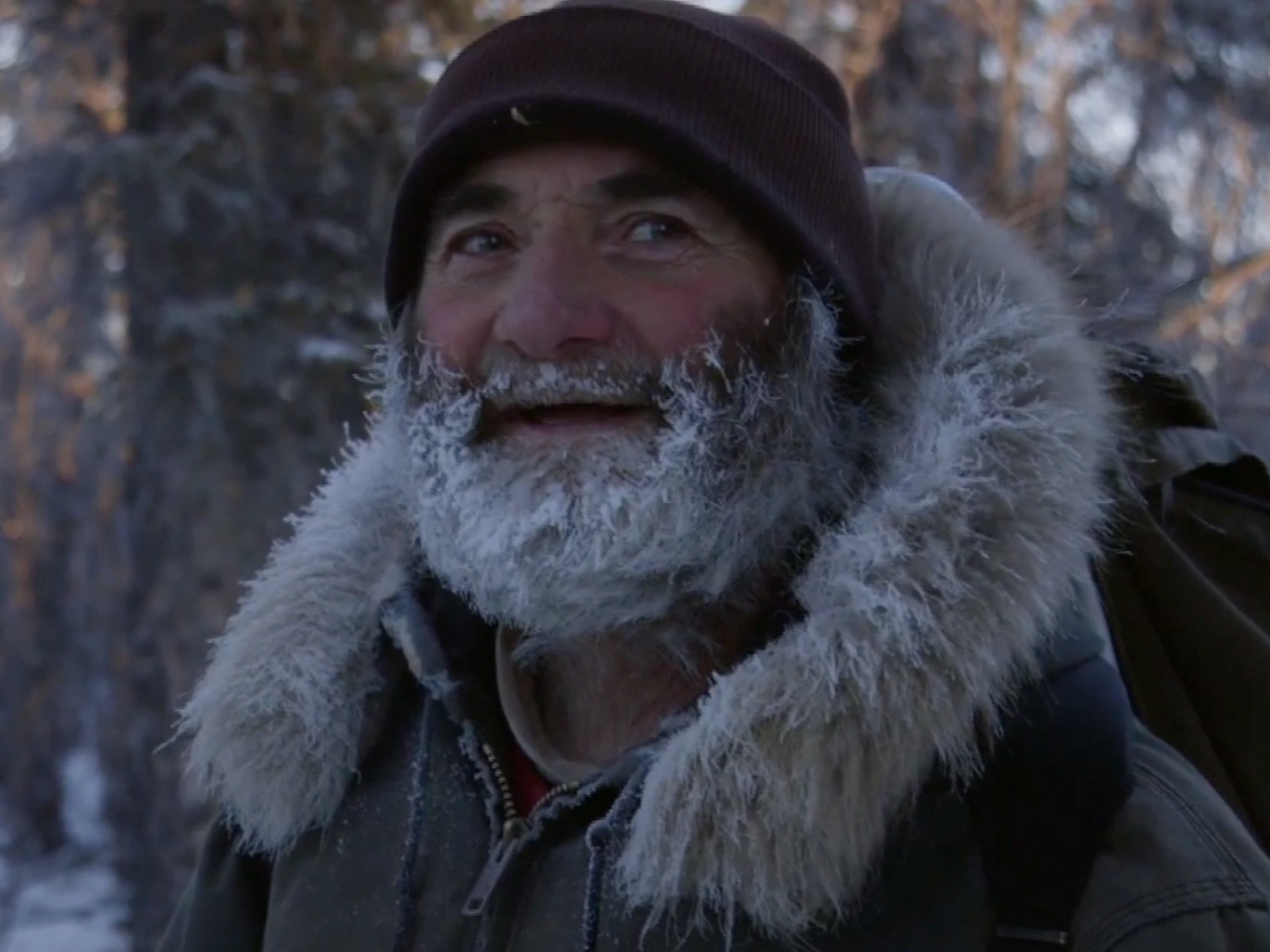Season 1 promotional image courtesy of AMC.
Western popular culture has long vested the polar regions with an unrelenting capacity for ruin, resulting in stories that frequently depict the Arctic as a test of Euro-American mettle and a blank canvas devoid of its indigenous inhabitants. The first season of AMC’s critically acclaimed anthology series, The Terror (2018), complicates this tradition. It not only features Inuit characters in the story of the doomed 1845 Franklin Expedition but couches the entire 10 episode arc within the recollections of Inuit storytellers relaying the expedition’s fate to British rescuers and the show’s audience.
In this essay, I explore The Terror’s unique fusion of high culture in the form of prestige television (e.g. the AMC imprimatur, period setting, and reliance on “quality TV” stalwarts like Jared Harris, Tobias Menzies, and Ciarán Hinds) and low culture in the form of denigrated non-Western traditions (e.g. Inuit oral culture). I examine the show’s austere “Arctic” aesthetic as well as its juxtaposition of Imperial and Inuit epistemologies to illustrate how they cohere and organize the tale conveyed to the show’s viewers. Situating these features against a prevailing industrial and cultural backdrop that marginalizes indigenous voices and storytelling modes—even amidst a present day surge in “polar”-oriented media—I argue that The Terror’s use of Inuit characters as primary storytellers within a prestige serial program invites us to grapple with competing knowledge systems and the authorship over both the first season’s narrative and the north writ large. Who speaks for this transnational region, and how they do it, connects this study of The Terror’s seriality to broader considerations of the structure and politics of narrating the Arctic at a time when it is increasingly mediated.



